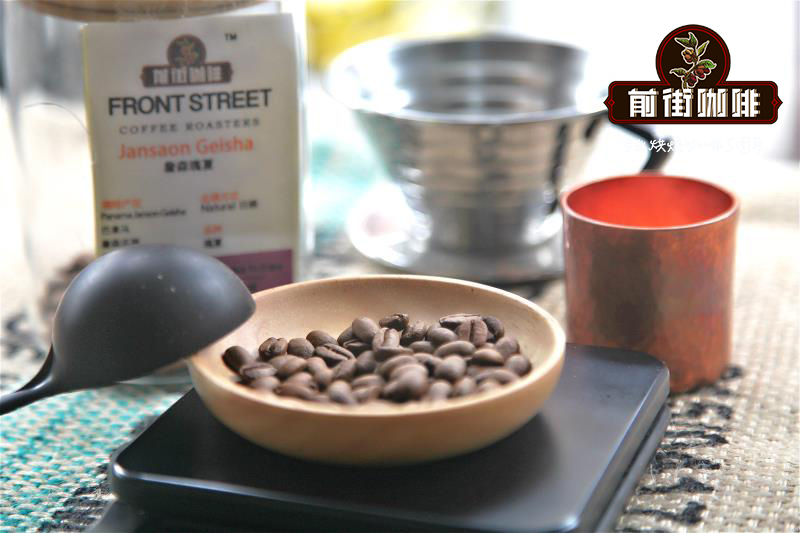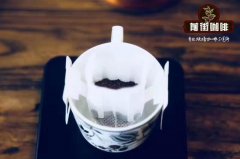Hawaiian Kona Coffee introduces how expensive kona Coffee is

Professional coffee knowledge exchange more coffee bean information please follow the coffee workshop (Wechat official account cafe_style)
Qianjie-introduction to Kona Coffee, Hawaii
The History of Kona Coffee
Hawaiian coffee has a rich history. In 1825, the first coffee beans were planted here. Oahu was imported from Brazil at that time. The area proved to be attractive. As coffee blossoms all over the island, there is more and more coffee. It was not until 1828 that Kona coffee was grown in Hawaii, thanks to a missionary.
In the name of Samuel Rags. It didn't succeed at first. White virus infection has become a dominant problem, and most of the land has been converted into sugar cane plantations. In 1850, coffee production in Hawaii became more stable. Ladybugs are brought in to deal with pests caused by pests. Advanced cultivation techniques have also been introduced. At the same time, in the 1950s, Kona Coffee was said to be grown on more than 6000 acres of land on the big island, which proved its success. On such a large scale, the region can produce 17 million Kona beans a year. Today, more than 600 farms in Hawaii are growing Kona coffee, especially on the slopes of Mauna Loa. This is 95% of the coffee production on the whole of Oshima.
The harvest season for Kona coffee is from August to January. At this time, farmers spend a lot of time carefully selecting ripe beans. They will choose a red coffee cherry, which shows that it is ready to be harvested. Picking by hand is to make sure the cherries are ripe enough to be picked. After harvest, the flesh of each cherry is removed. The removal of the skin is done by hand, which is one of the reasons why it is much more expensive than ordinary coffee beans. It is fermented and washed with clean water. And then dry in the heat of the sun.
After drying, they are ground to remove the parchment. Then the green beans are classified and graded. After that, farmers can choose to sell coffee beans to commercial bakers, or they can process their own beans until they sell them. The taste is rich and mellow, with a mixed aroma of wine, fruit and spice, with a special flavor. The selected Kona coffee has a moderate sour taste and a gentle and full-bodied taste, as well as a unique mellow flavor.
With its aroma, unique taste and outstanding regional characteristics, Kona Coffee stands out in the international competition. People who like Kona coffee can make Kona coffee in person on the street of Kona Coffee. Now most of the coffee on the market that calls itself "Kona" contains less than 5% of the real Hawaiian Kona coffee, and the price is close to that of Blue Mountain coffee. The Hawaiian Coffee on Front Street is the real Kona Coffee, from Queen Farm, Queen's Farm, which won the runner-up title in 2009 and 2011 at the Gubria (Hawaii KONA Review) Cup Grand Prix.
Kona, Hawaii
Variety: iron pickup
Treatment: washing
Producing area: Queen's Manor
Flavor: sweet-scented osmanthus, mulberry, malt
Knowledge Gift: Hawaiian Kona Coffee and Jamaican Blue Mountain Coffee are tin card varieties.
END
Important Notice :
前街咖啡 FrontStreet Coffee has moved to new addredd:
FrontStreet Coffee Address: 315,Donghua East Road,GuangZhou
Tel:020 38364473
- Prev

How to make Jamaica Blue Mountain Coffee how to make Blue Mountain Coffee Bean siphon and hand Water temperature Grinding time parameters
Professional coffee knowledge exchange more coffee bean information please follow the coffee workshop (Wechat official account cafe_style) front street-Jamaica Blue Mountain Coffee brewing parameters sharing V60 filter cup brewing: HarioV60 series filter cup mouth is relatively large, coupled with unique spiral curve ribs, making the air flow more tolerant
- Next

Where do Kona coffee beans come from? what are the characteristics of individual coffee brewing?
Professional coffee knowledge exchange more coffee bean information please follow the coffee workshop (Wechat official account cafe_style) front street-Hawaii Kona Coffee knowledge sharing the best Hawaiian Arabica coffee beans grow 2000 feet above sea level on the fertile slopes of Hawaii's Big Island Mauna Loa and Hualalai volcanoes, Kona coffee with its rich and delicate taste and complex aroma
Related
- Beginners will see the "Coffee pull flower" guide!
- What is the difference between ice blog purified milk and ordinary milk coffee?
- Why is the Philippines the largest producer of crops in Liberia?
- For coffee extraction, should the fine powder be retained?
- How does extracted espresso fill pressed powder? How much strength does it take to press the powder?
- How to make jasmine cold extract coffee? Is the jasmine + latte good?
- Will this little toy really make the coffee taste better? How does Lily Drip affect coffee extraction?
- Will the action of slapping the filter cup also affect coffee extraction?
- What's the difference between powder-to-water ratio and powder-to-liquid ratio?
- What is the Ethiopian local species? What does it have to do with Heirloom native species?

